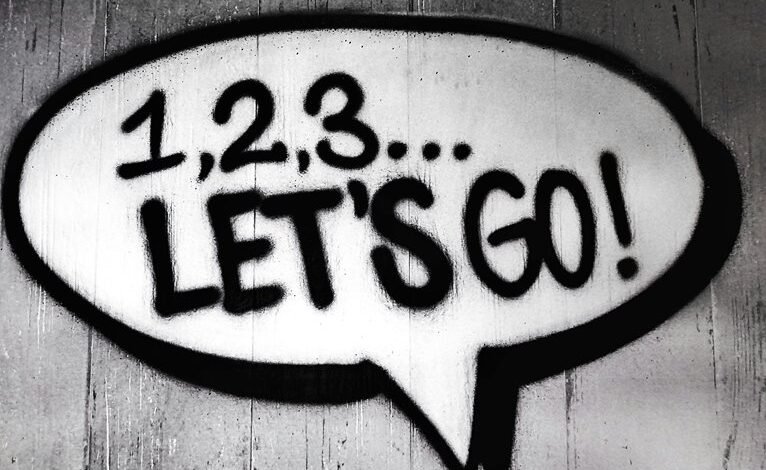The Call That Won’t Stop: 8333552932

The number 8333552932 has become a notable source of frustration for many individuals. Recipients report a relentless barrage of calls that disrupt their daily lives. Curiously, these calls remain shrouded in mystery, prompting questions about their origin and purpose. As the anxiety mounts, one must wonder how such persistent disturbances affect personal well-being and what measures can be taken to mitigate their impact. What lies behind this enigmatic number?
The Mystery Behind 8333552932
What secrets lie behind the number 8333552932? Its mystery origins remain elusive, intriguing those who seek answers.
The call frequency raises questions about its purpose—why do so many receive these incessant calls? Analysts speculate on potential links to telemarketing, scams, or automated systems, yet the enigma deepens.
Each unanswered call fosters a collective curiosity, urging a deeper exploration into this persistent phenomenon.
Experiences Shared by Call Recipients
How do recipients of the mysterious calls from 8333552932 describe their experiences? Many report a relentless call frequency, leading to heightened emotional stress.
Frustration mounts as individuals recount their efforts to block the number, yet the calls persist. This incessant disturbance raises questions about privacy and autonomy, prompting recipients to seek solutions while grappling with the emotional toll of such unwanted intrusions.
The Impact of Unwanted Calls on Daily Life
To what extent do unwanted calls influence daily routines?
These incessant interruptions cause significant daily disruptions, diverting attention from tasks and fostering a sense of unease.
Over time, the persistent ringing leads to mental fatigue, diminishing productivity and overall well-being.
Individuals may find themselves increasingly frustrated, questioning their autonomy as their day-to-day activities become marred by the relentless intrusion of unsolicited communications.
How to Handle Persistent Unknown Numbers
When faced with persistent unknown numbers, individuals often wonder about the best strategies to regain control over their communication channels.
Implementing caller identification systems can effectively discern legitimate calls from unwanted ones. Additionally, users may choose to block unwanted numbers proactively, enhancing their sense of freedom.
Conclusion
In the shadowy realm of unwanted calls, 8333552932 looms like a persistent specter, haunting the daily lives of its recipients. Each ring echoes a shared anxiety, weaving a tapestry of frustration and curiosity among those ensnared. As individuals grapple with the emotional toll, one must ponder: what drives this relentless intrusion? In seeking answers, perhaps the true mystery lies not just in the number itself, but in the collective experience of those who refuse to be silenced.




